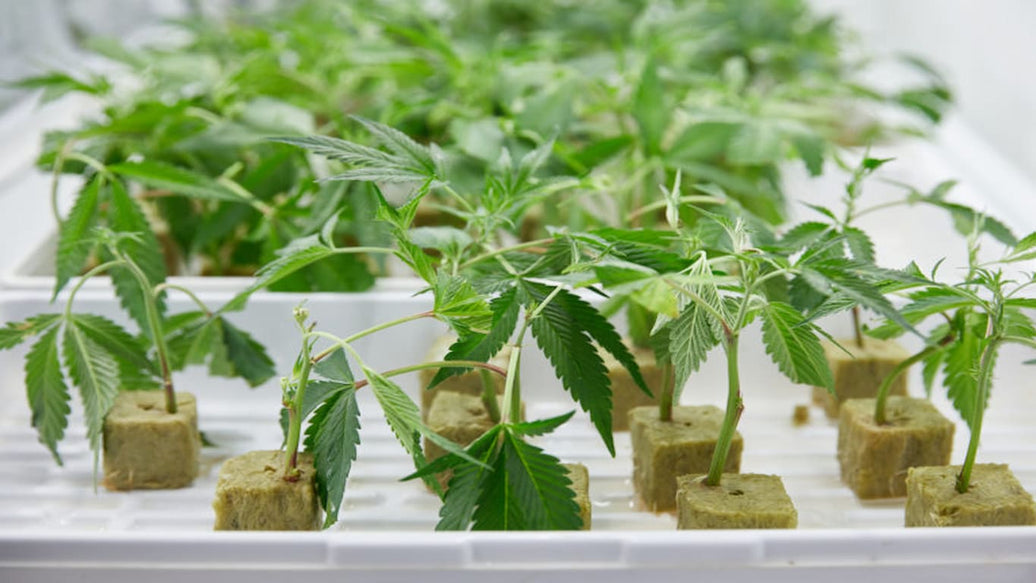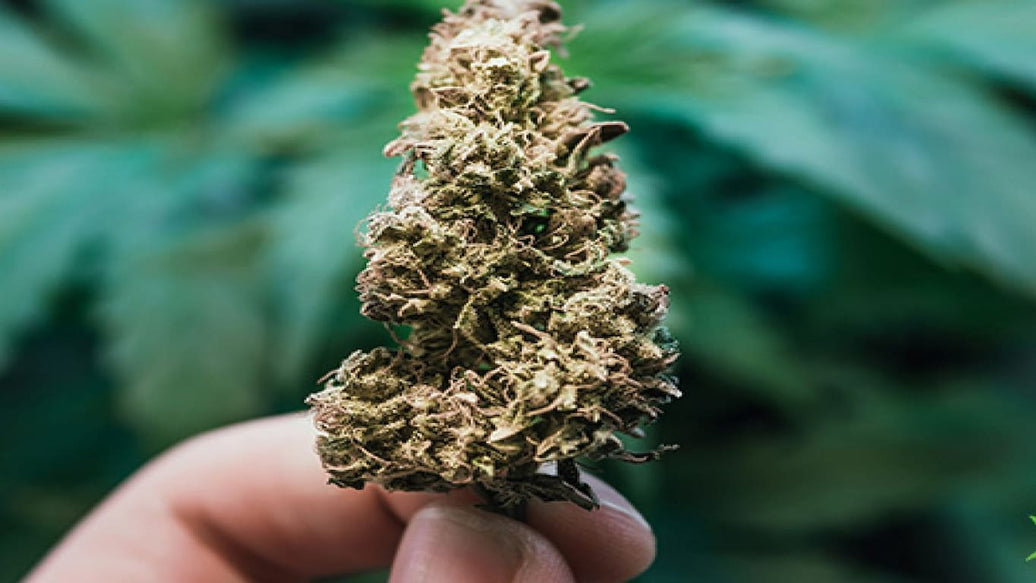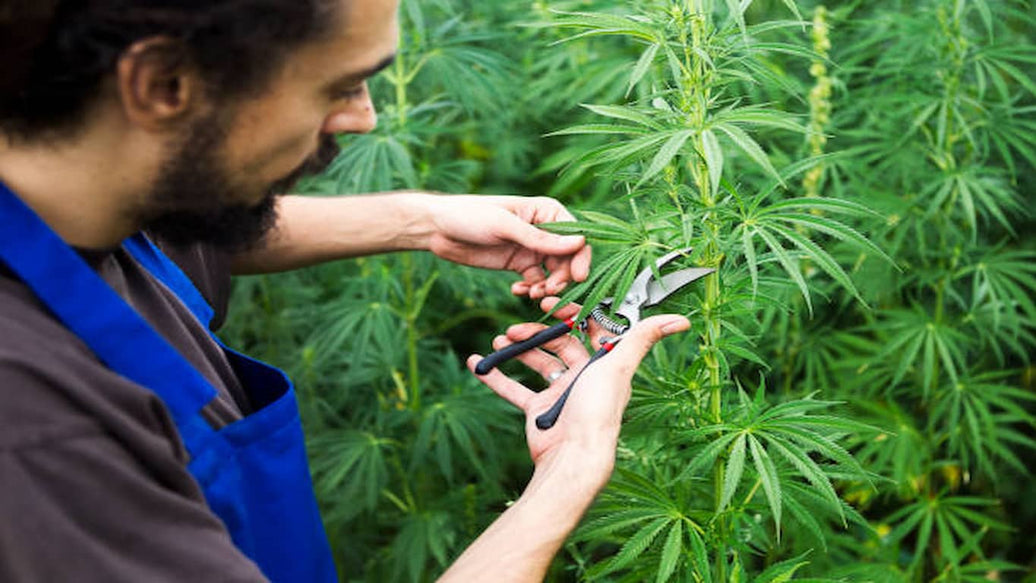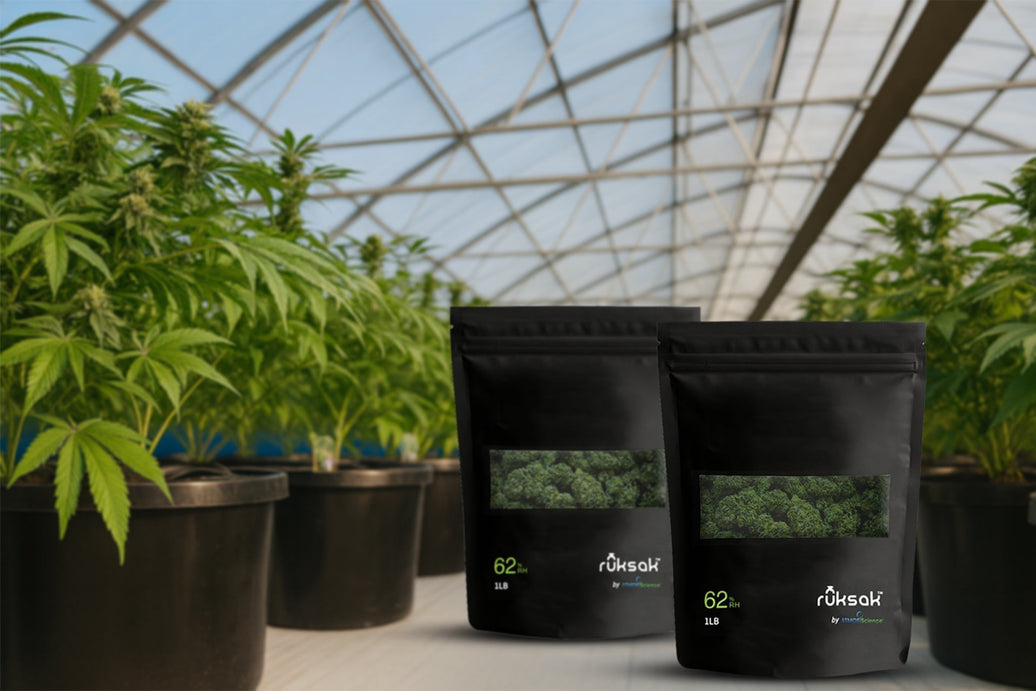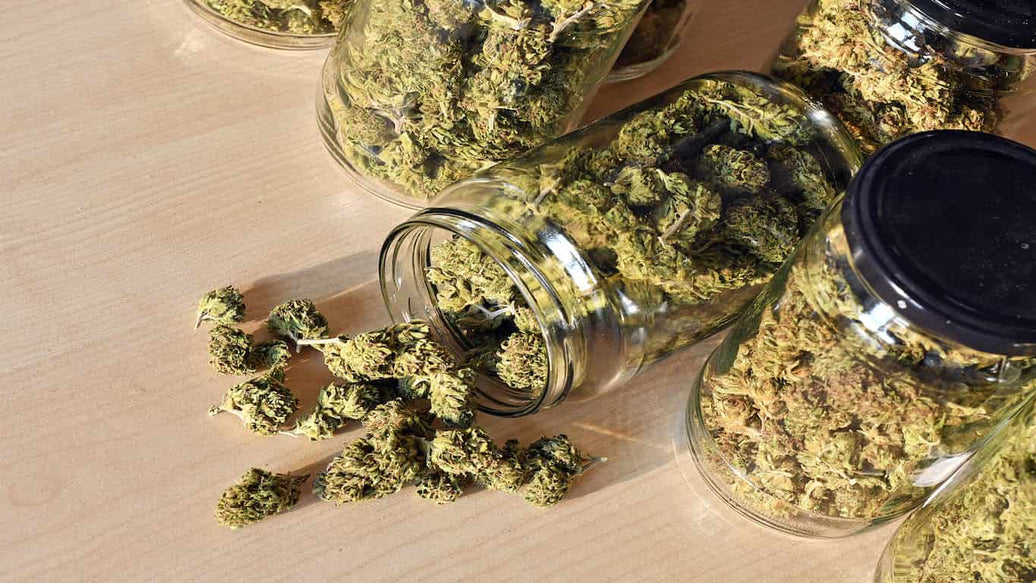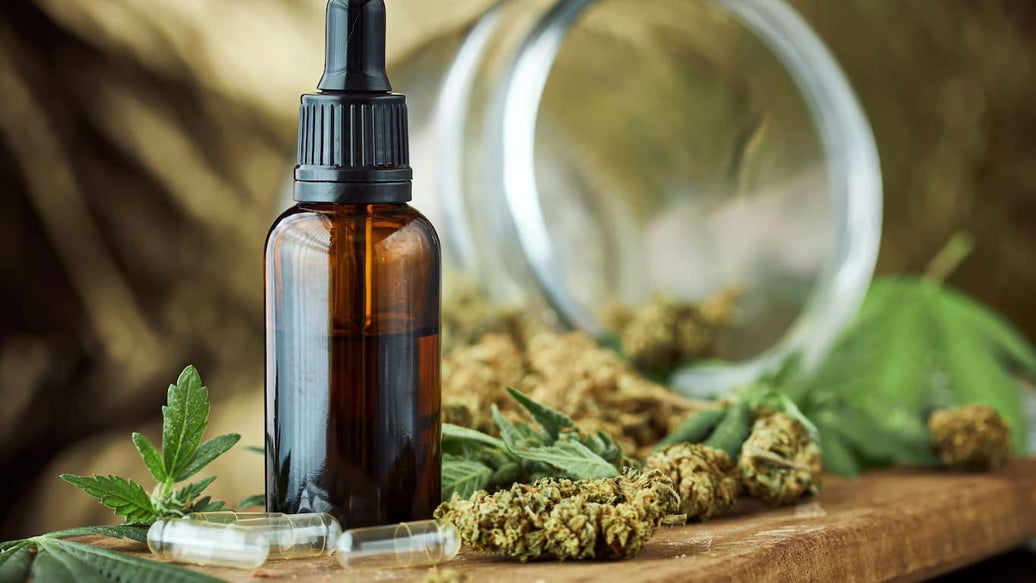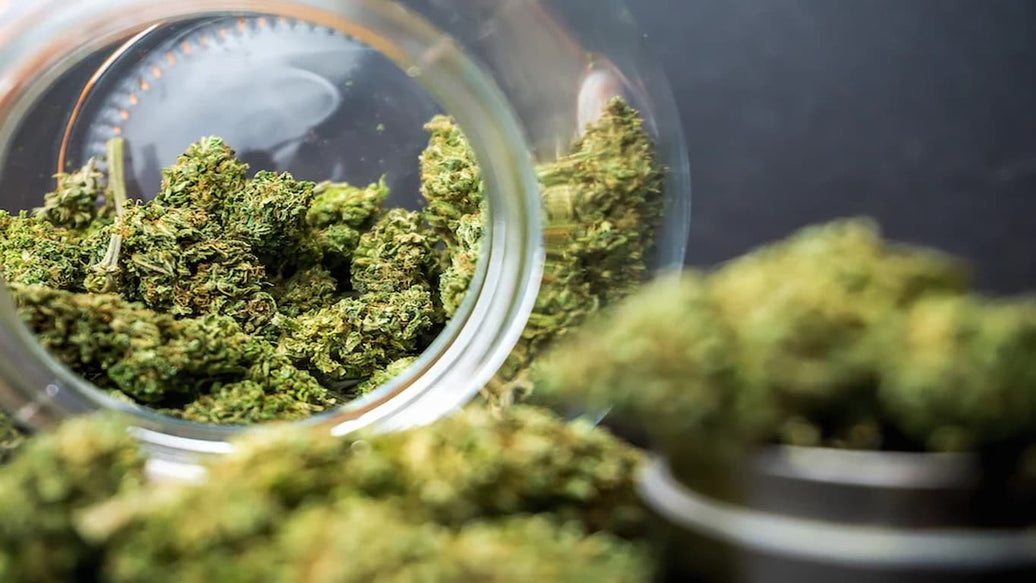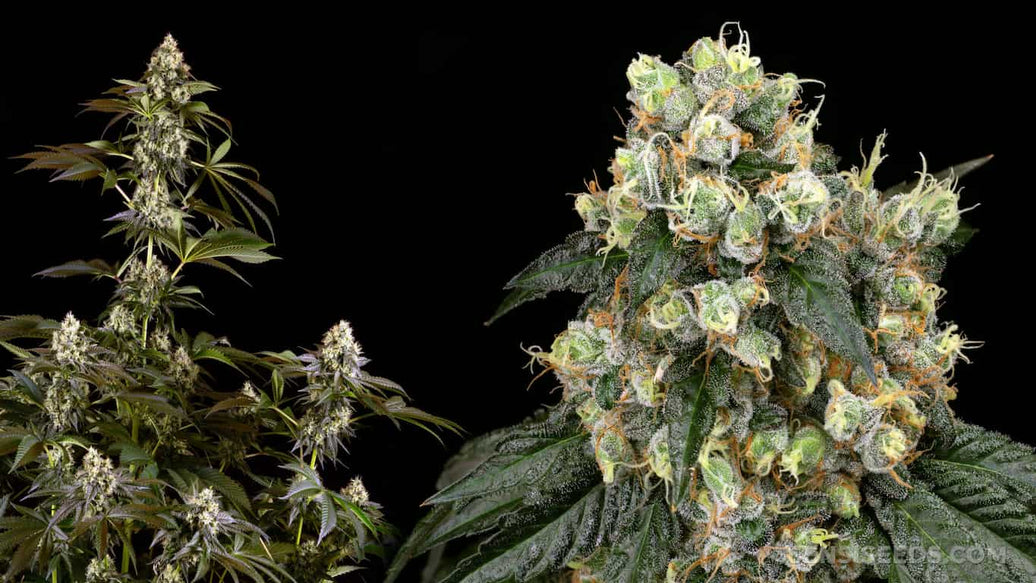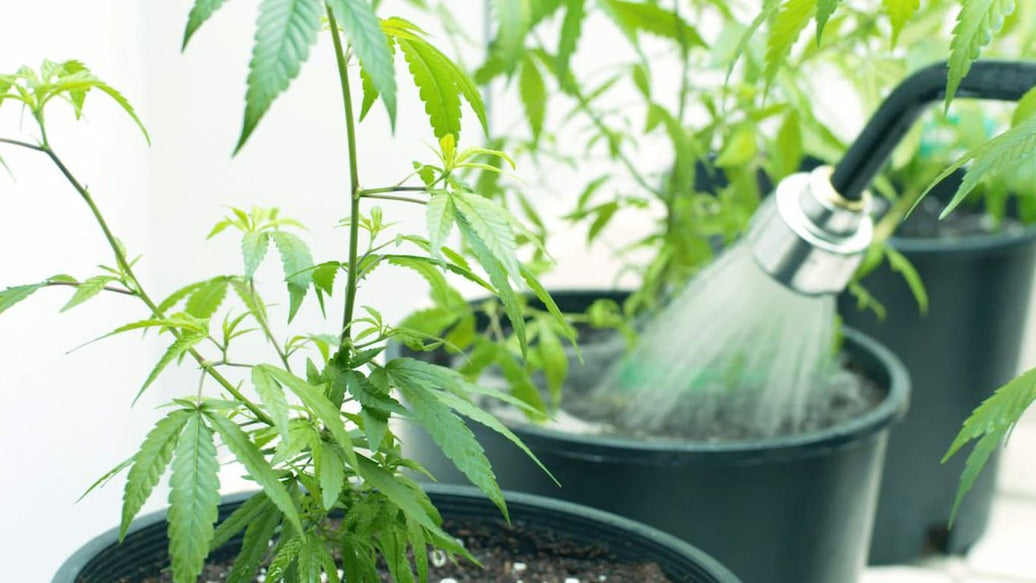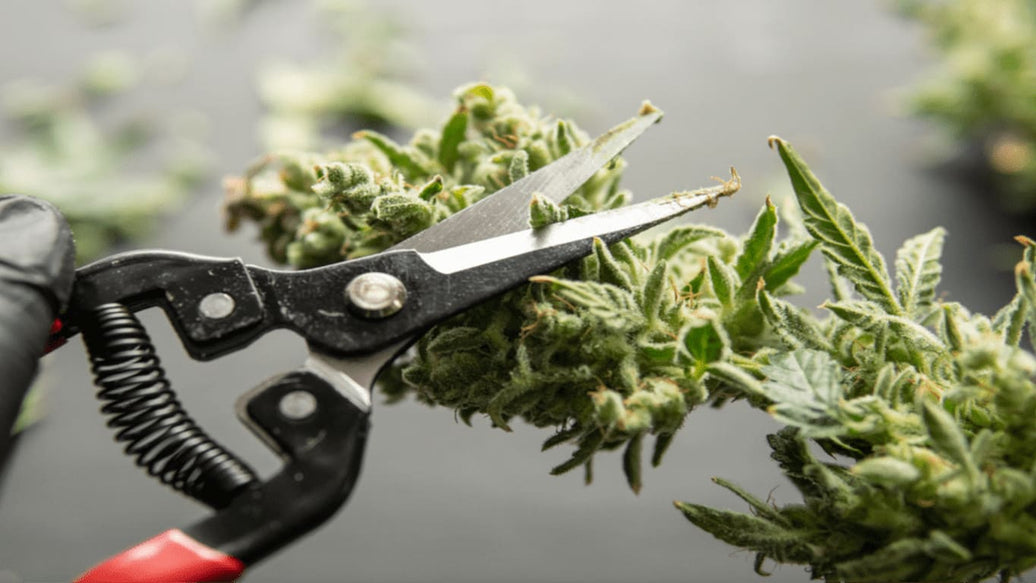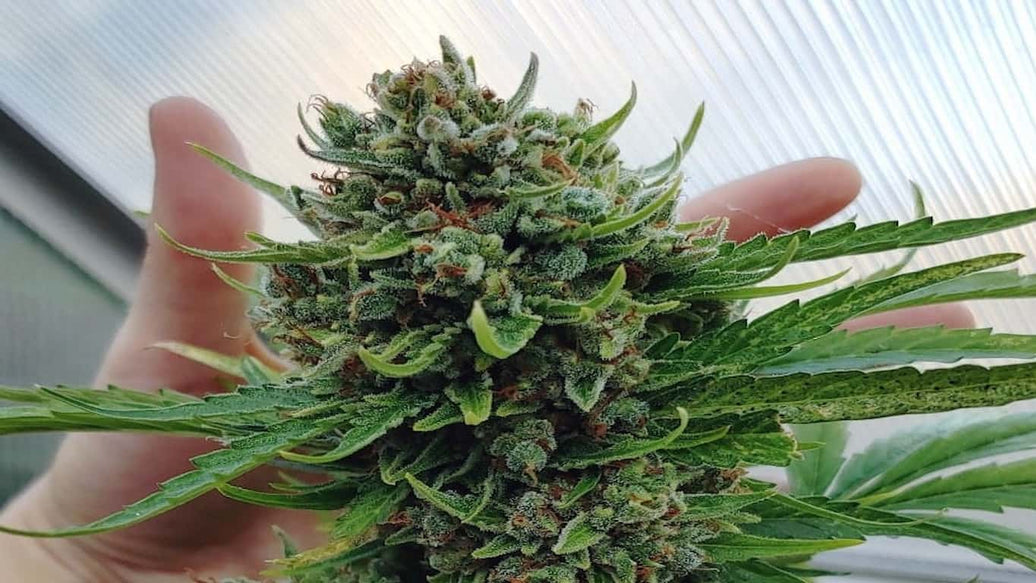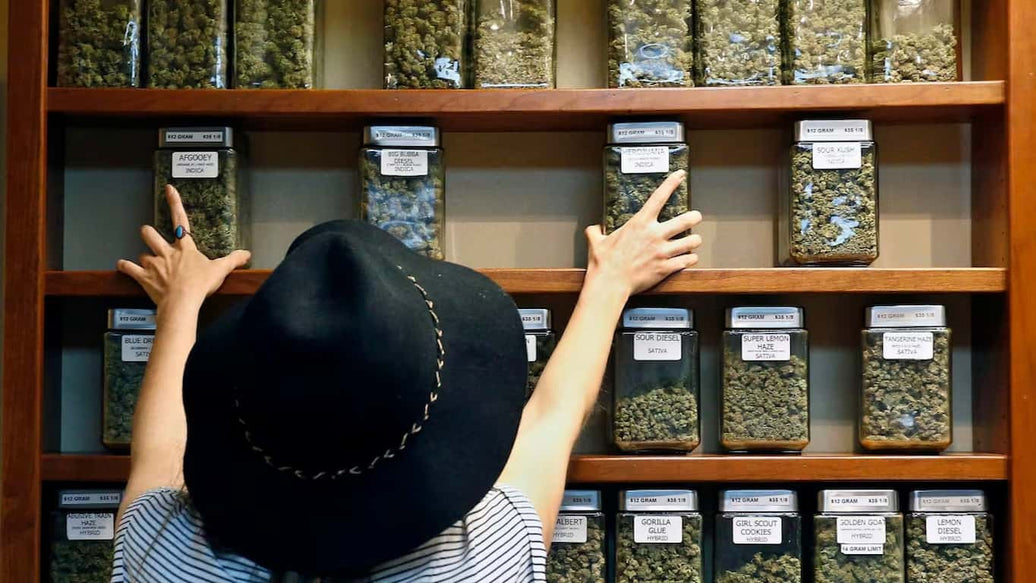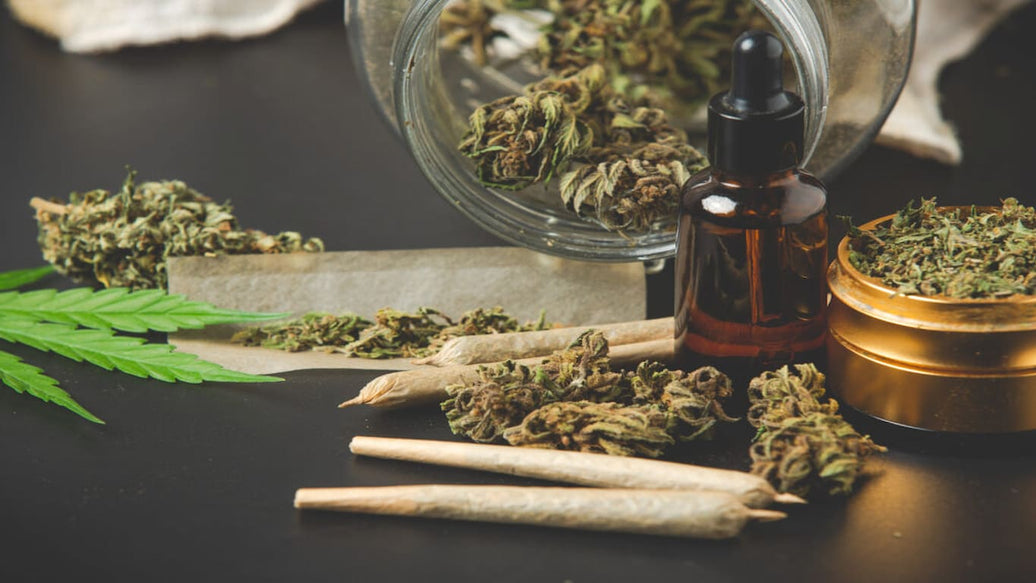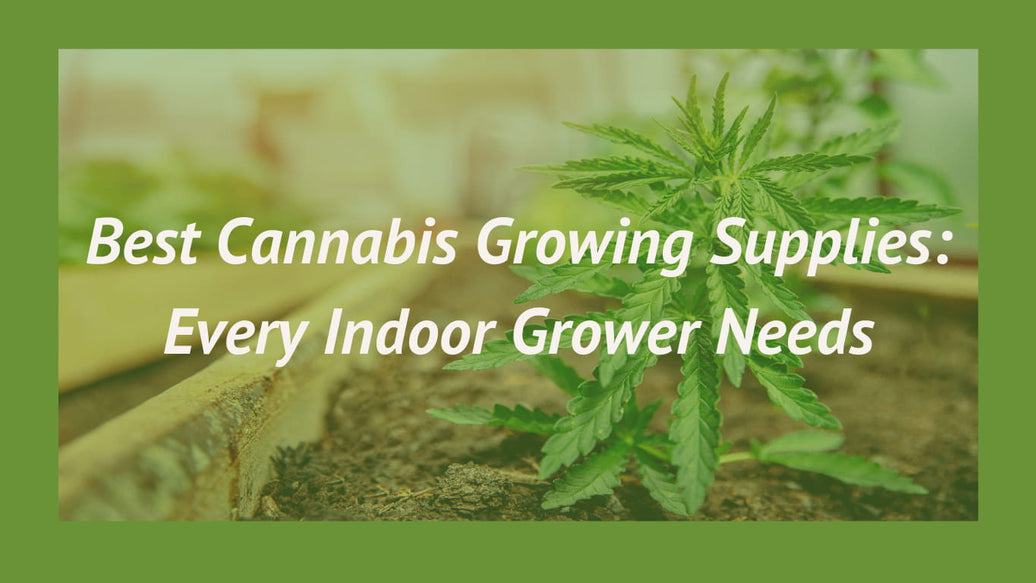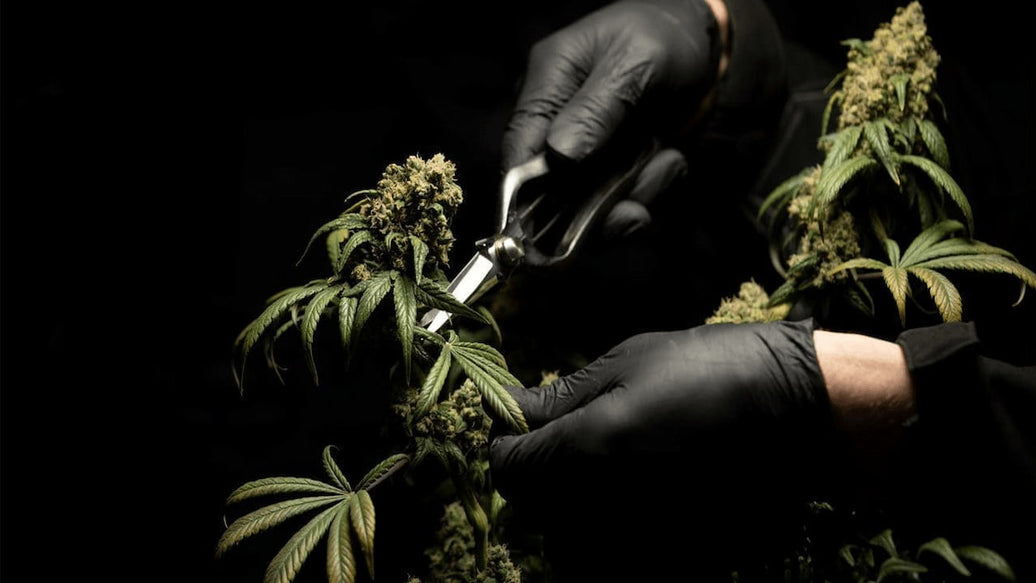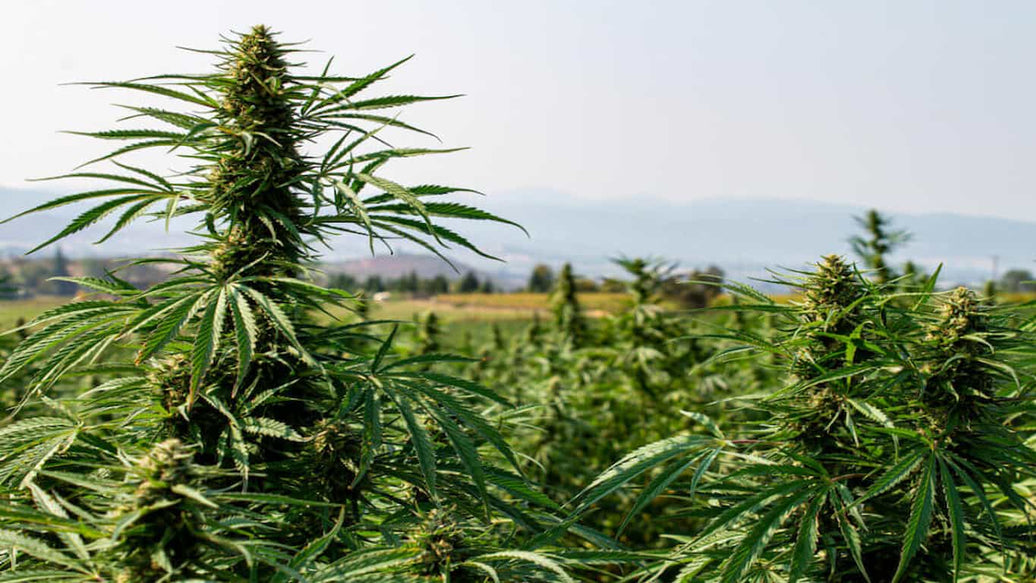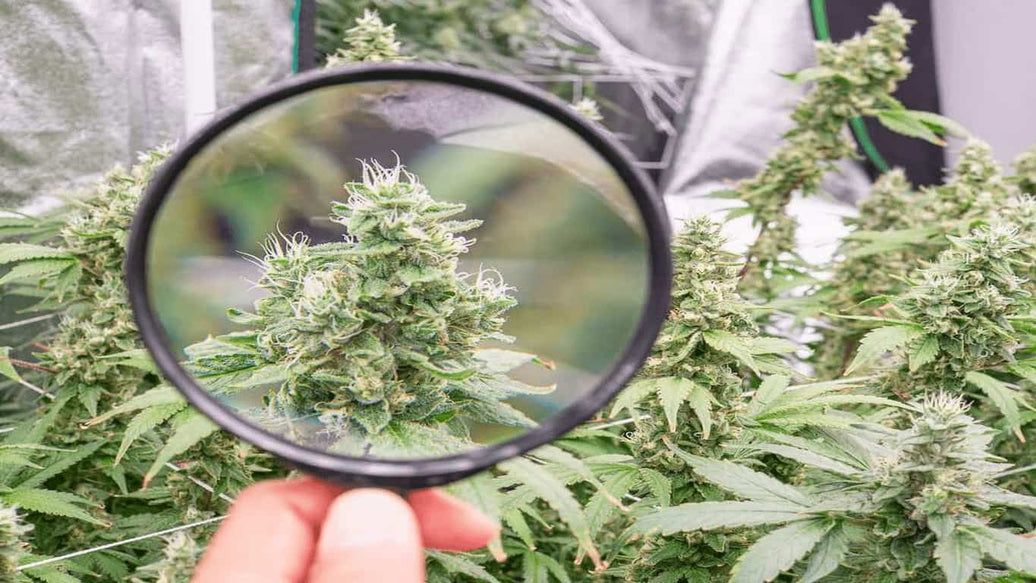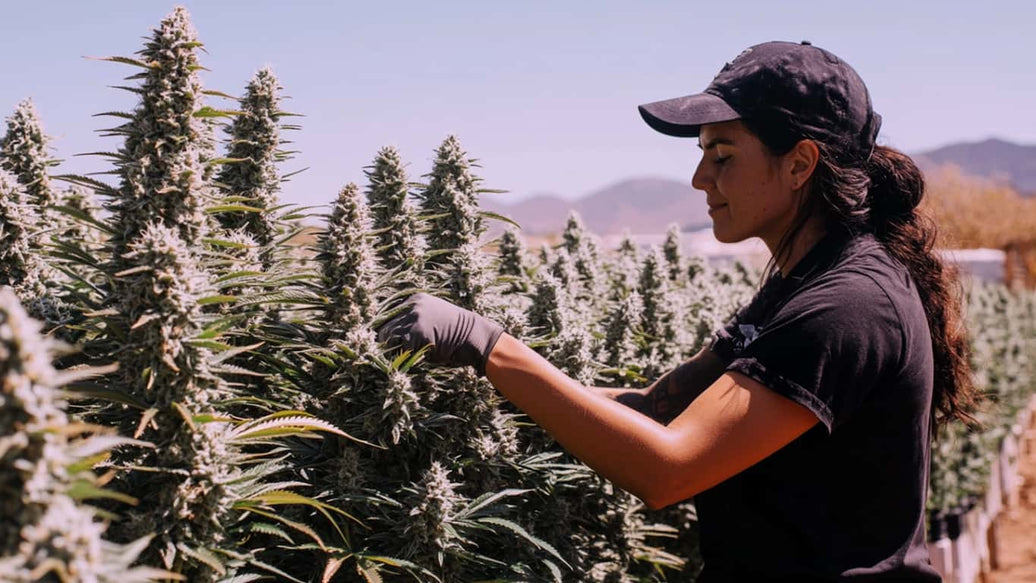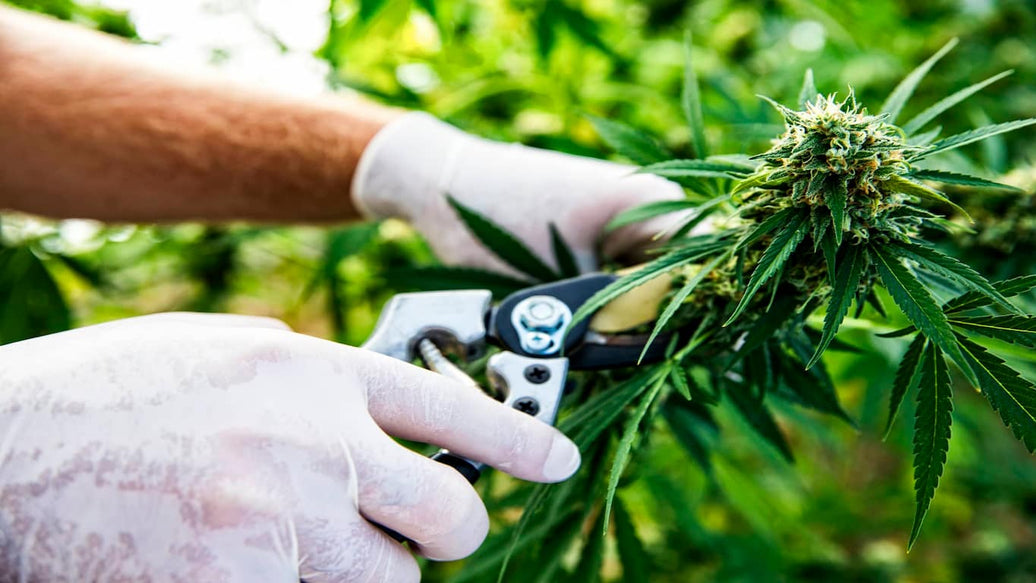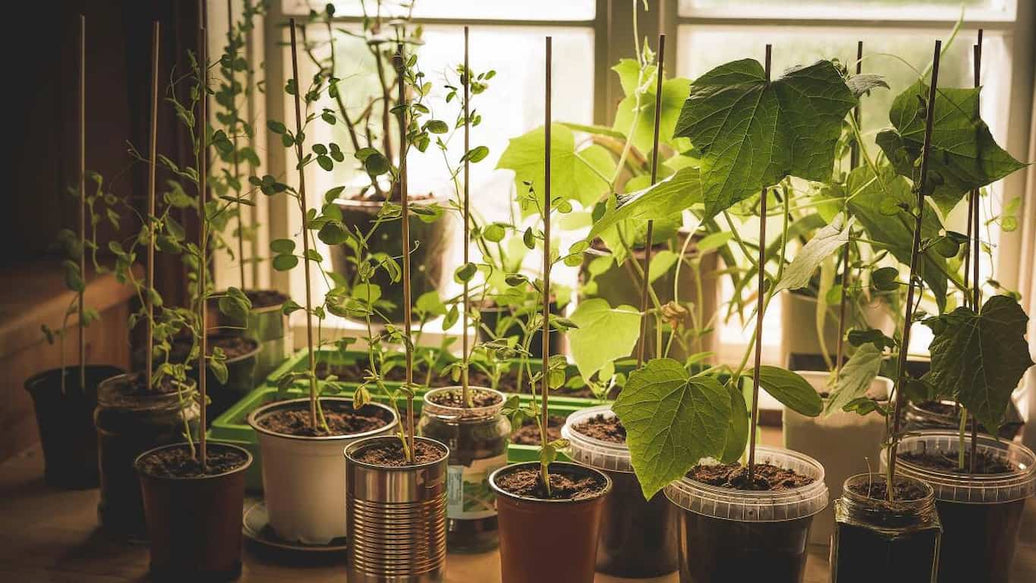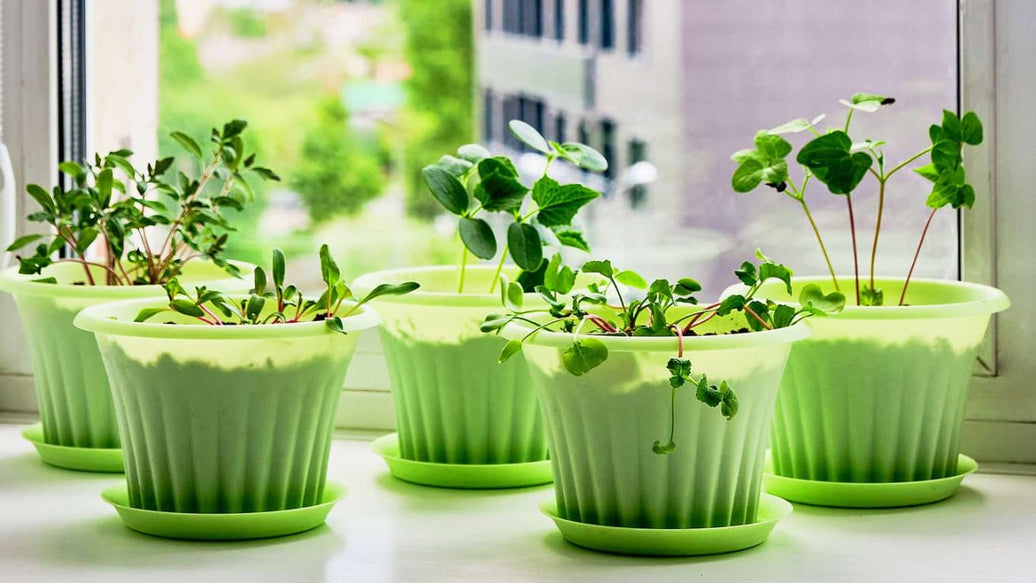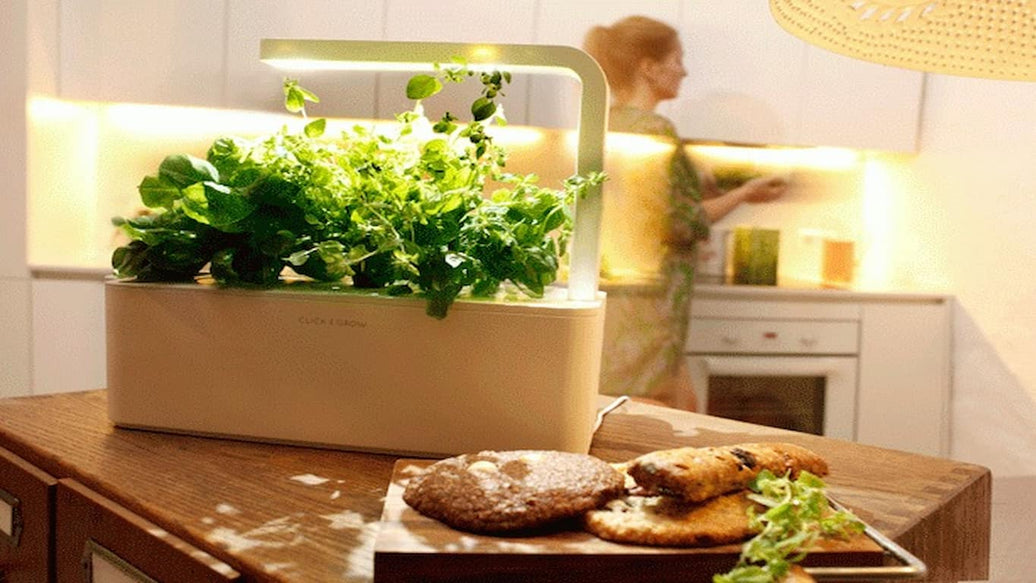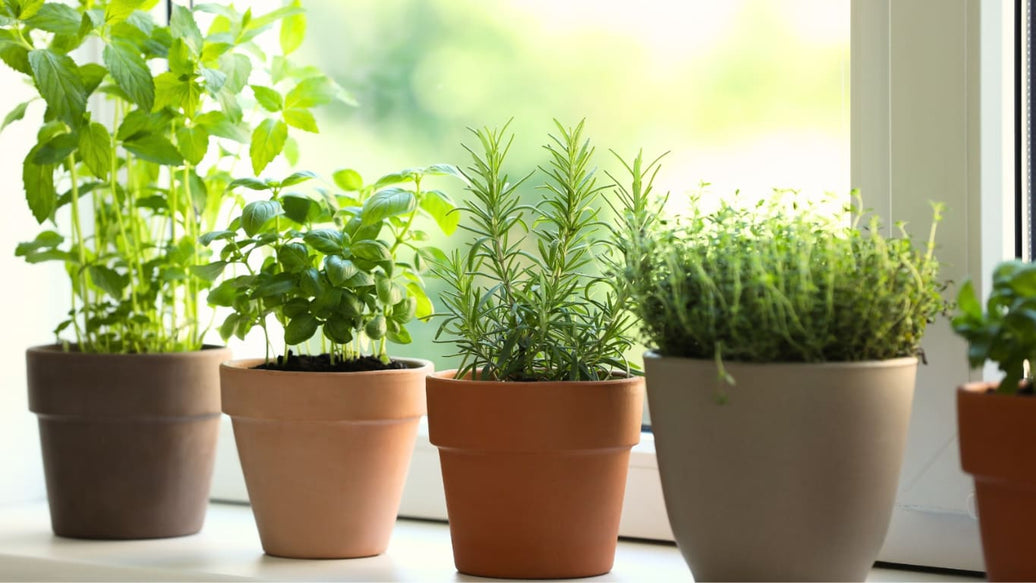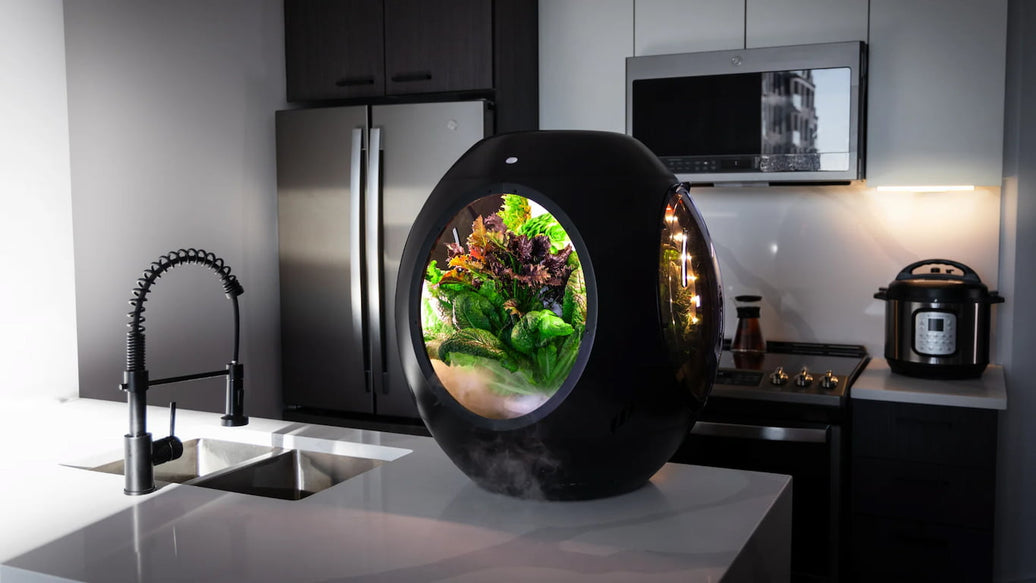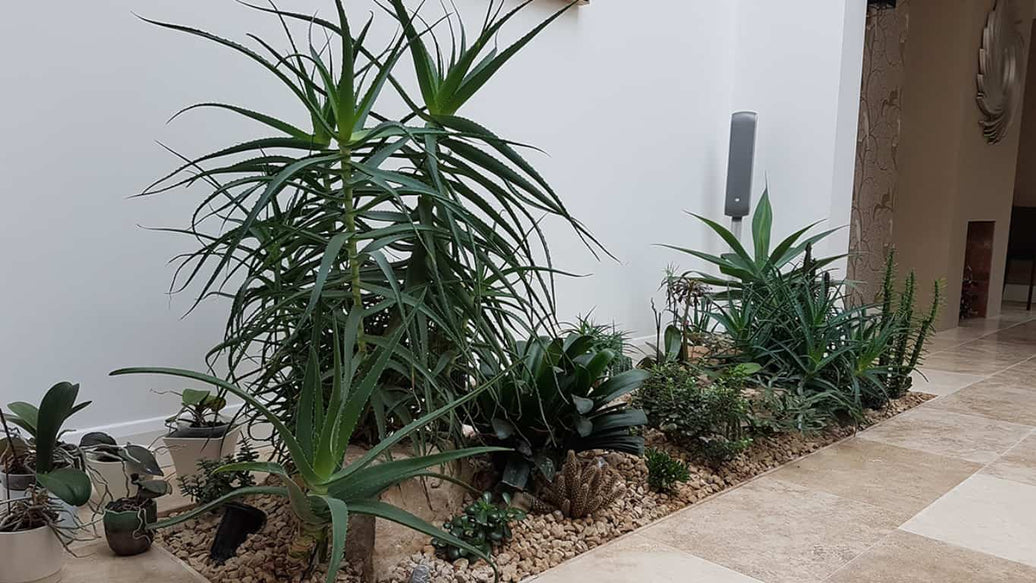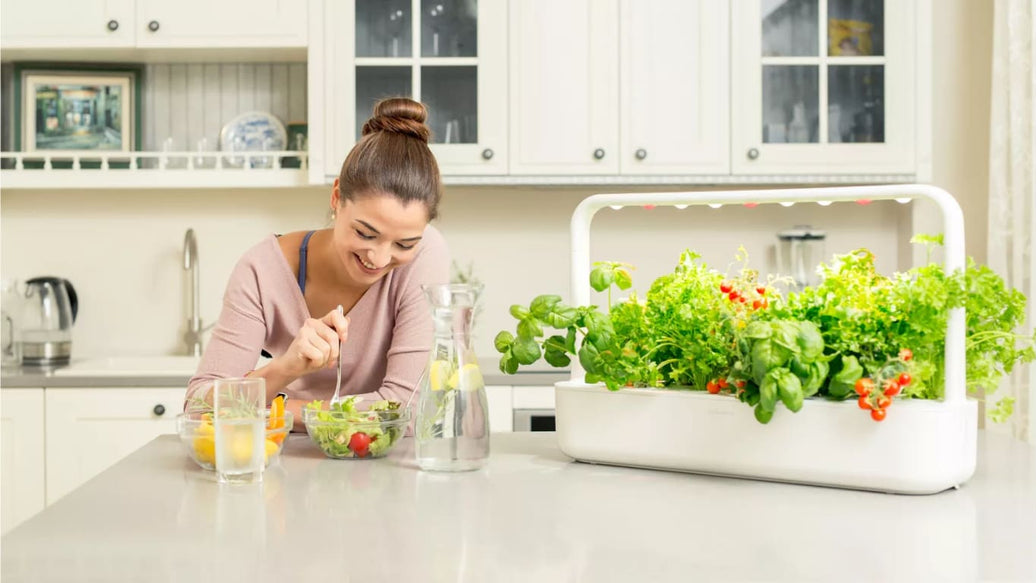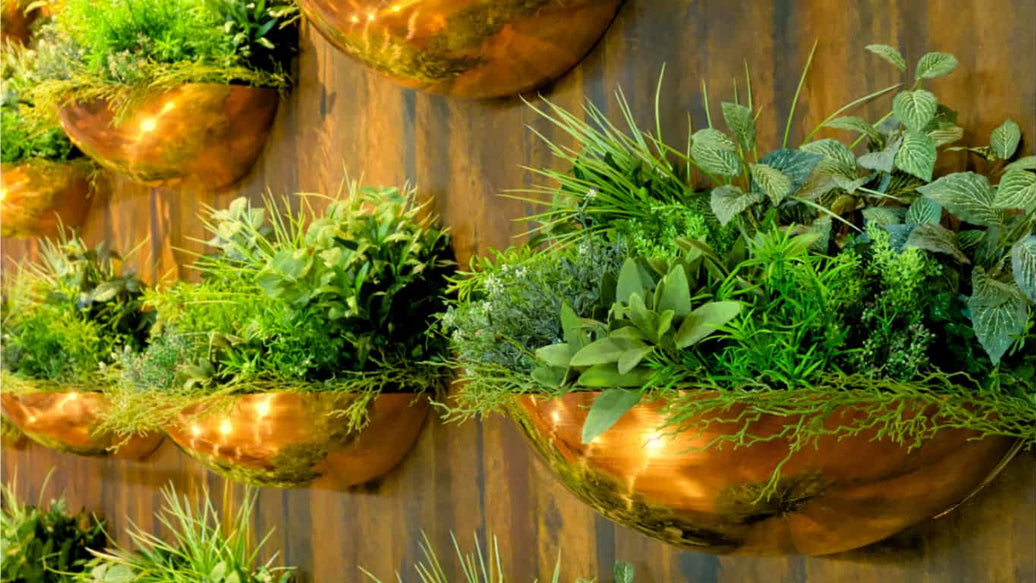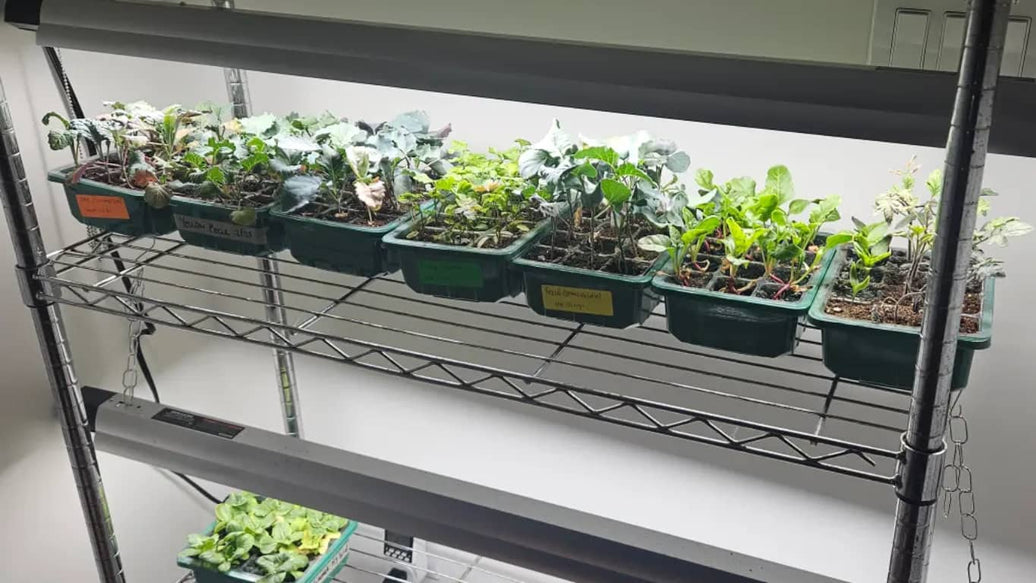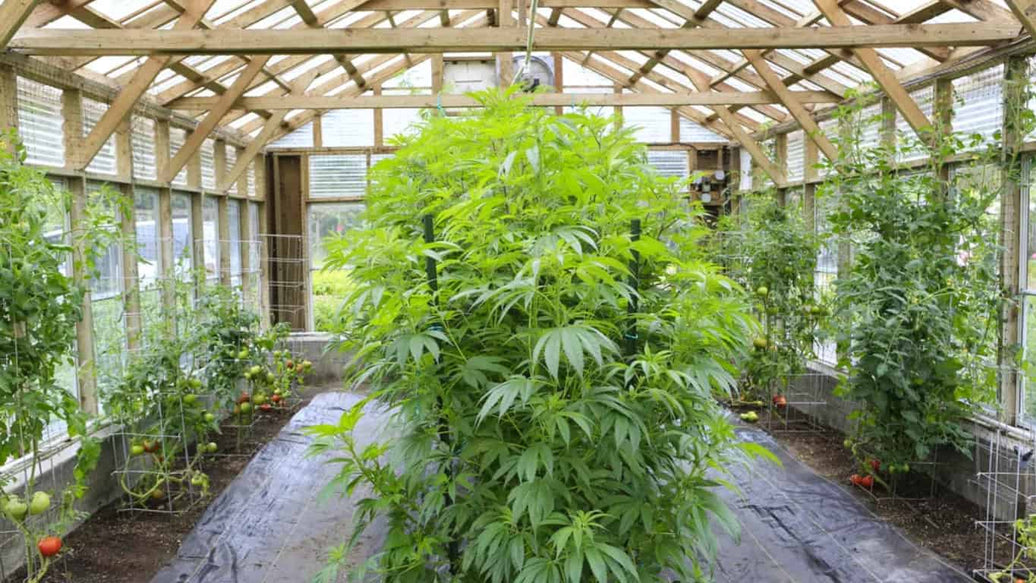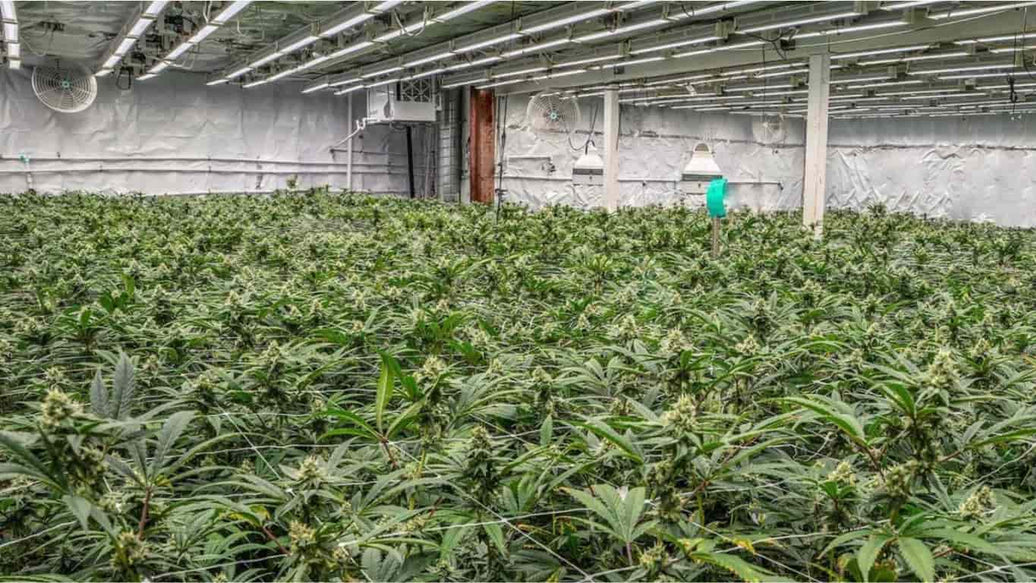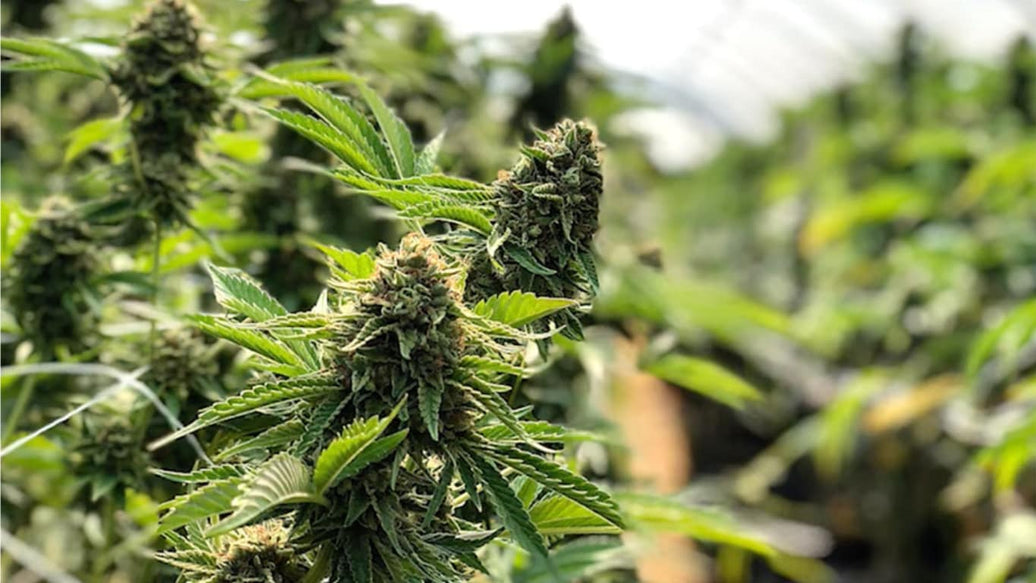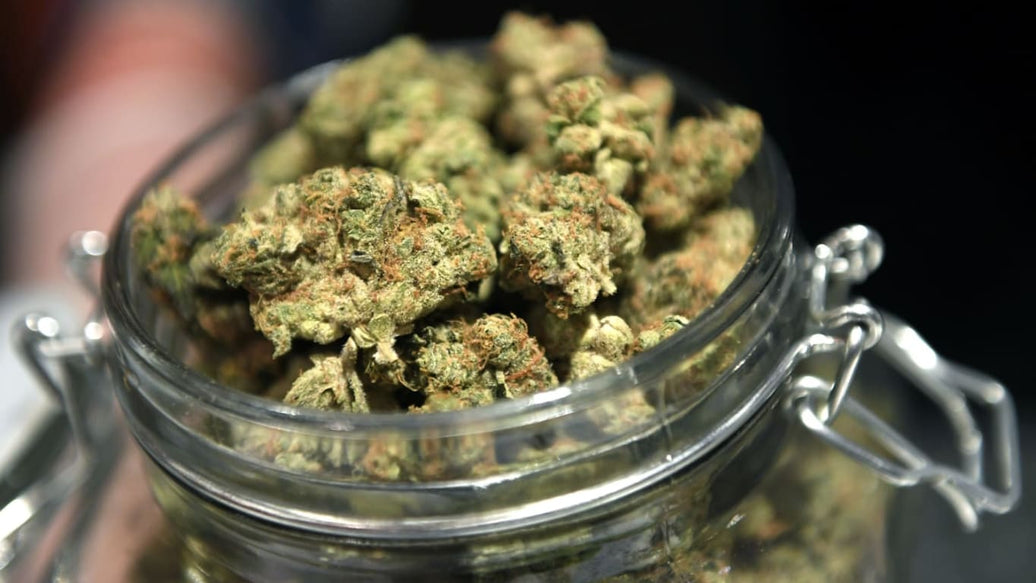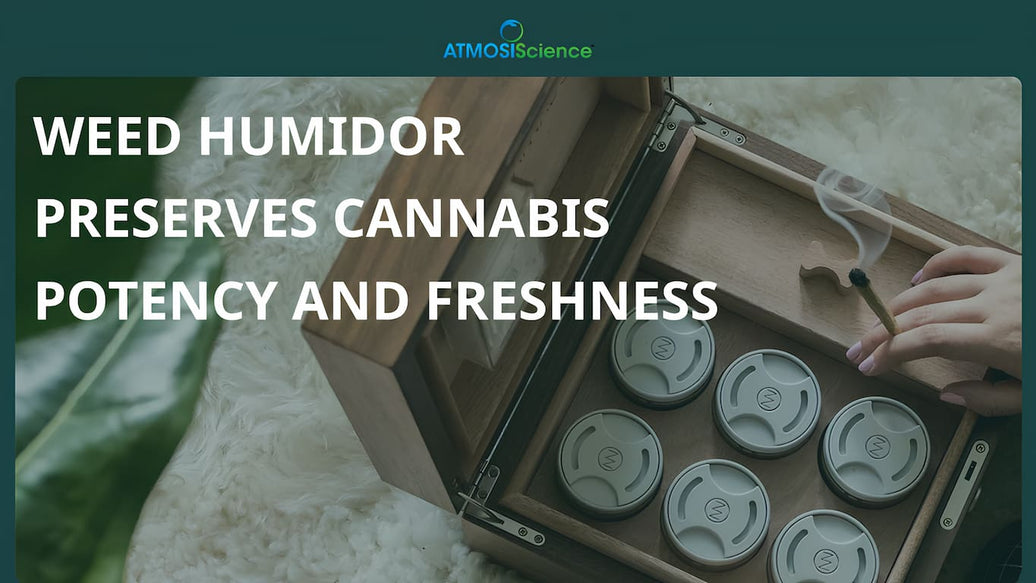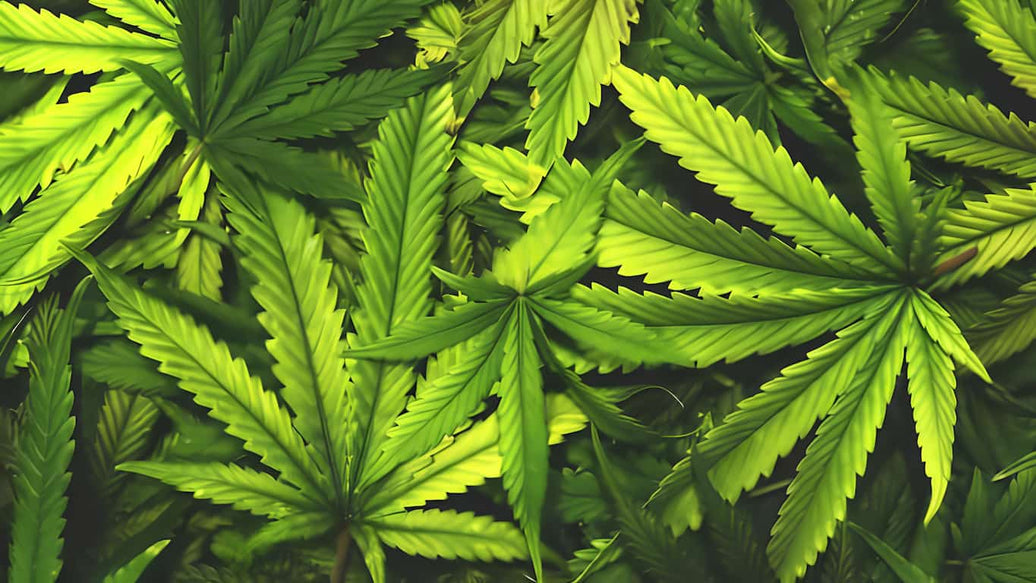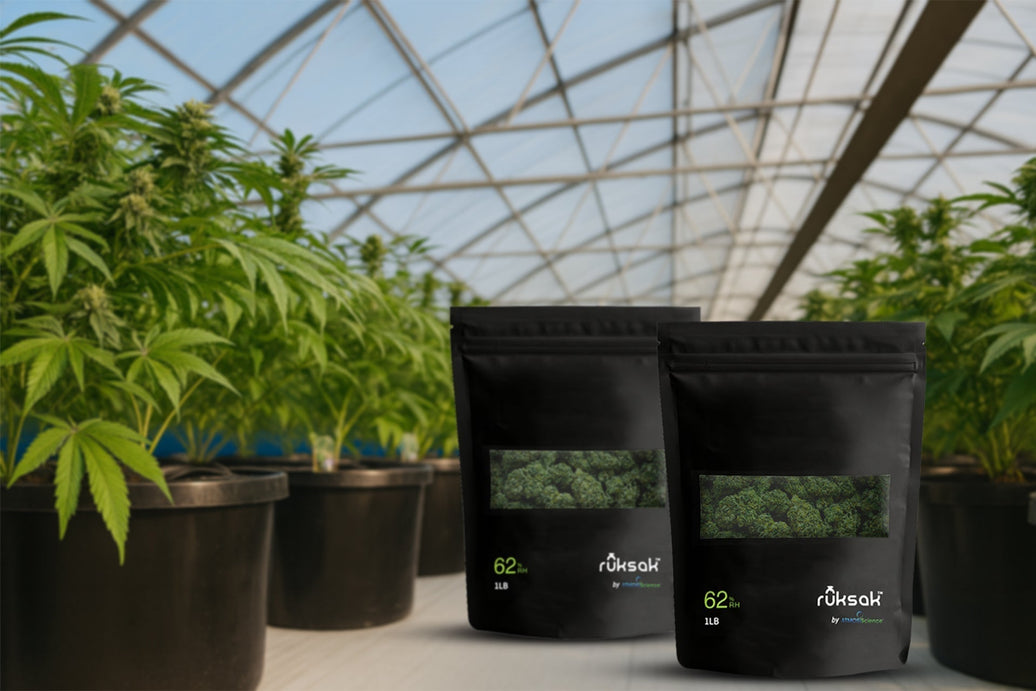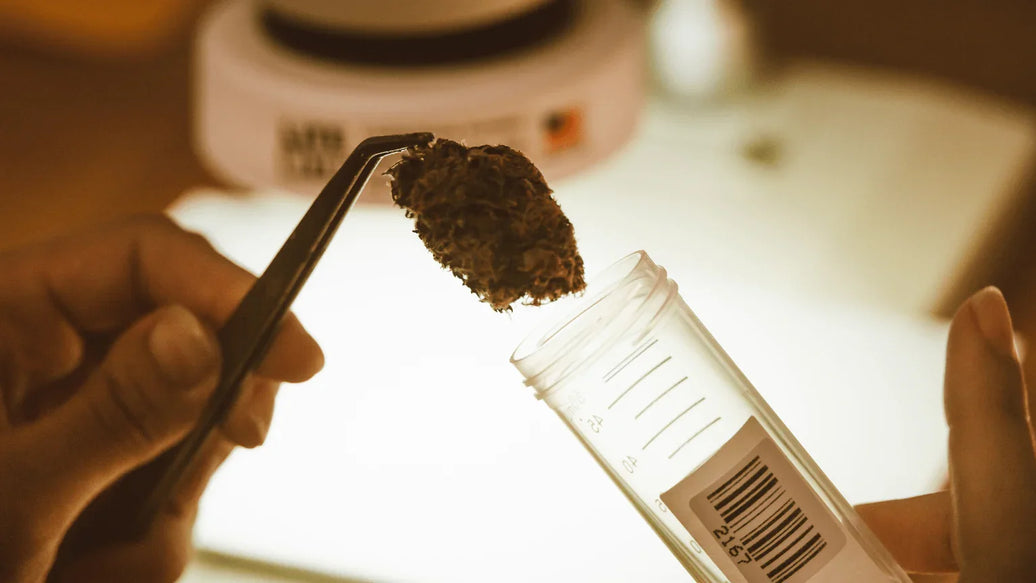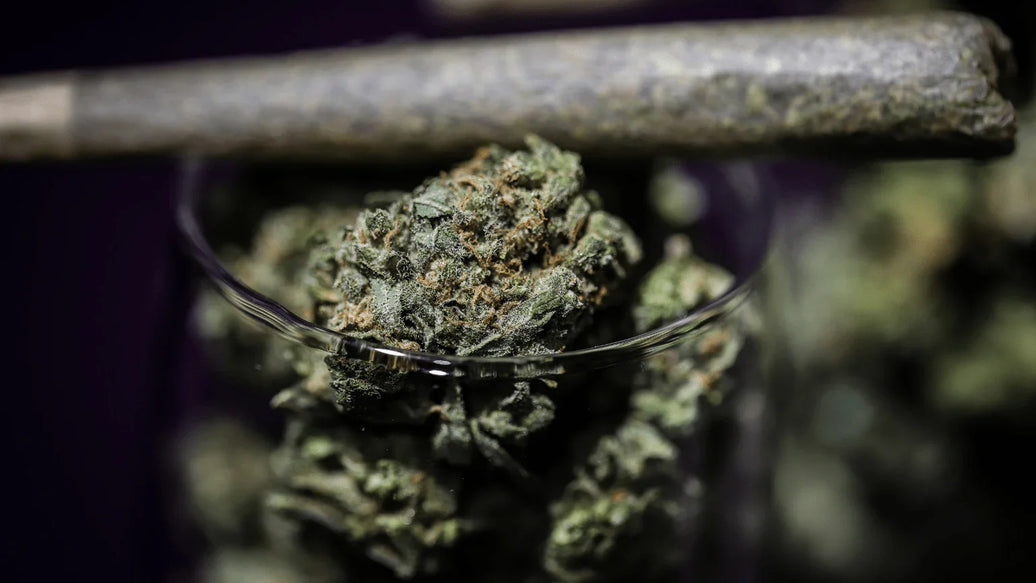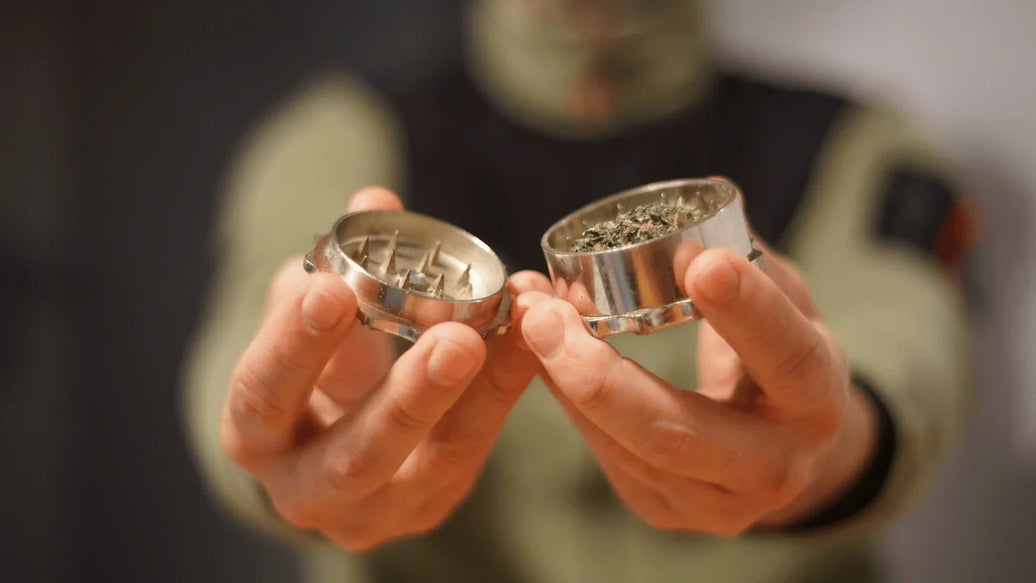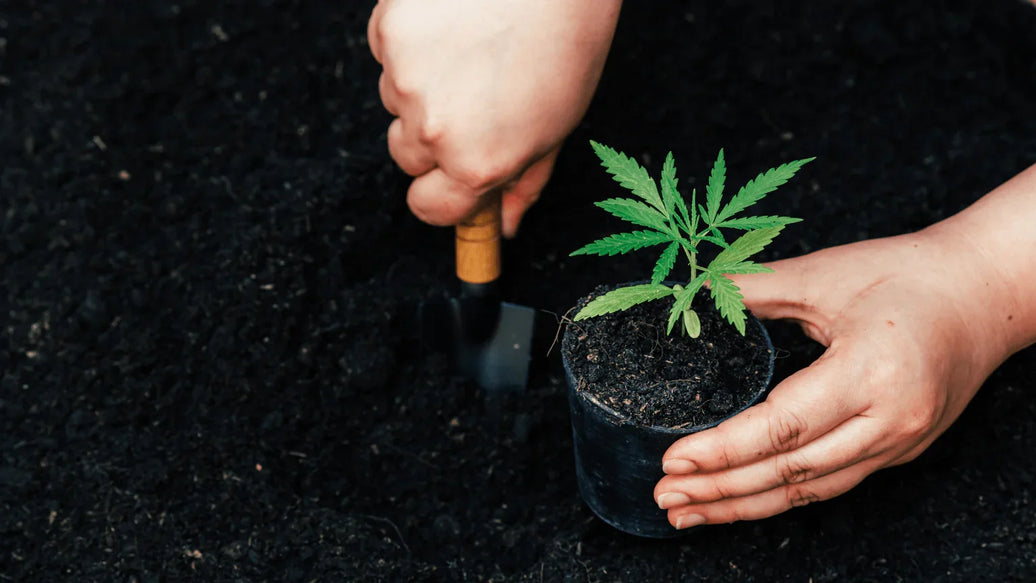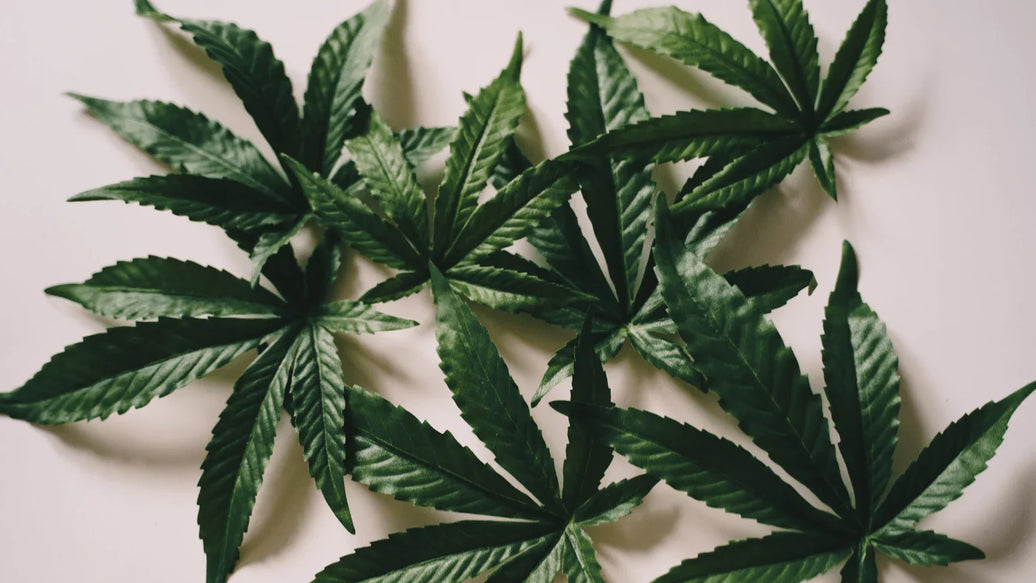With the expanding legalization of cannabis, more growers are turning to indoor year round herb gardens to cultivate cannabis (Cannabis sativa) reliably, regardless of season. Growing indoors gives cultivators full control over environmental parameters, resulting in consistently potent, high-quality cannabis. This article breaks down the scientific principles behind controlled environment agriculture (CEA) designed specifically for cannabis, drawing on recent studies to help everyone from hobbyists to large-scale growers.

What is controlled environment agriculture for cannabis?
Controlled environment agriculture (CEA) means creating a highly regulated growing space where factors like light, temperature, humidity, and CO₂ are all carefully managed. This approach removes the uncertainty of outdoor cultivation, providing cannabis plants with the perfect climate year-round.
For cannabis, ideal daytime temperatures sit between 70 and 85°F, with cooler nights between 58 and 70°F to support resin development. Humidity levels are best kept around 40-60% but dropped during flowering stages to minimize mold risks and flower rot. CO₂ levels elevated between 800 and 1500 ppm help boost photosynthesis, leading to denser buds and higher cannabinoid production.
Optimizing light conditions with leds for cannabis
Lighting plays a crucial role in the success of indoor cannabis herb gardens. The arrival of energy-saving LED technology offers highly customizable light spectra that strongly influence growth and cannabinoid accumulation.
Blue wavelengths (450–495 nm) encourage strong vegetative growth, with sturdy stems and compact leaves, while red wavelengths (620–750 nm) drive flowering and enhance cannabinoid synthesis. Research confirms the importance of maintaining the right balance of red and blue light to increase THC and CBD content - key compounds sought after in medical and recreational cannabis.
Managing the photoperiod is equally important. Cannabis plants generally require 18 hours of light in the vegetative stage and drop to 12 hours to begin flowering, simulating natural seasonal changes. Moreover, efficient LED setups with dimming capabilities help growers cut electricity bills by over 40% without sacrificing crop quality.
Using hydroponics for precise cannabis nutrition

Hydroponics has become an established method for cultivating cannabis due to its superior control over nutrients and root oxygen levels compared to soil. This precision enables faster growth and better flower quality.
Maintaining appropriate electrical conductivity (EC) between 1.2 and 2.0 mS/cm and a pH between 5.8 and 6.5 is crucial for nutrient uptake throughout cannabis development.
Popular hydroponic systems include:
- Deep Water Culture (DWC), which encourages strong root growth and rapid development.
- Nutrient Film Technique (NFT) and ebb-and-flow systems, which efficiently cycle nutrients and suit dense planting layouts.
Using growing media like coco coir mixed with perlite improves moisture retention and airflow around roots, fostering healthier plants and boosting cannabinoid outputs.
Managing microclimate for healthy, high-yield cannabis
Careful control of temperature, humidity, and CO₂ is essential for a flourishing indoor year round herb garden cannabis crop. Research points to daytime temperatures of around 75-80°F and nighttime lows of 60-70°F during flowering as optimal for yield and terpene production.
Humidity should be kept relatively high during vegetative growth (50–70%) to support vigor but lowered to 40–50% when flowering to prevent diseases like powdery mildew.
Increasing CO₂ in the grow room to roughly 1500 ppm boosts photosynthesis and cannabinoid levels, especially under high light intensity during flower development.
Maintaining gentle airflow around the canopy (0.5–1 m/s) helps disperse humidity, limits mold risk, and encourages healthy transpiration rates.

Water savings through hydroponics in cannabis cultivation
Hydroponic systems for cannabis use approximately 90% less water than traditional soil-based methods, offering both environmental and operational advantages. Recirculating nutrient solutions minimize waste and maintain steady nutrient delivery to dense plantings.
Sustainable water practices like rainwater collection and nutrient recycling further reduce environmental footprint and support the increasing demand for eco-friendly cultivation.
Boosting cannabis quality using stress and lighting control
Experienced cannabis growers apply mild controlled stresses, like shifting light spectra or intensity, to encourage higher cannabinoid and terpene production. Late flowering exposure to blue and purple light waves increases monoterpenes - aromatic compounds that influence cannabis aroma and therapeutic traits.
Harvesting timing is critical - picking plants in full bloom and monitoring trichome development ensures cannabinoids are at their peak for potency and flavor.
Effective pest control for indoor cannabis gardens
Successful pest management in indoor cannabis growing relies on integrated pest management (IPM) practices, focusing on biological controls to avoid chemical residues. Beneficial predators such as mites and parasitic wasps target common threats like spider mites and aphids.
Strict sanitation, proper air circulation, and occasional UV-C treatments prevent fungal infections and maintain a clean, healthy environment - imperative for premium quality cannabis.
System layout and product suggestions for cannabis cultivation
Maximizing the efficiency of an indoor year round cannabis herb garden involves smart use of vertical space and airflow management. Modular vertical racks increase grow area and optimize canopy light exposure.
For curing and storage - a vital phase to retain cannabis flavor and potency - ATMOSIScience offers reliable humidity control solutions:
- ruksak uses biodegradable fibers to maintain stable 2-way humidity inside packaging during curing and transportation.
- Humidi-Cure packets provide consistent humidity control (e.g., 62% RH), preventing buds from drying out or molding while stored.

These solutions regulate moisture passively during post-harvest phases but are not used to control grow room humidity.
Choosing cannabis strains and propagation methods
Indoor growers select strains known for compact growth and robust cannabinoid profiles. Favorites like 'OG Kush', 'Blue Dream', and 'Girl Scout Cookies' perform well in controlled environments.
Cloning remains the preferred propagation method for maintaining genetic consistency and speeding growth cycles compared to seeds.
Techniques for ongoing cannabis harvests
By carefully staggering plantings and trimming regularly, growers maintain continuous production. This method encourages new bud growth, extending plant productivity over time.
Harvest at peak maturity by monitoring trichomes to maximize cannabinoid and terpene content. Proper drying and curing later preserve these qualities for consumer satisfaction.
Financial aspects of indoor cannabis cultivation
Although upfront costs for automated systems can be high, strong energy savings from efficient LEDs and water recycling contribute to attractive returns.
Commercial cannabis operations report yields of 20-30 ounces per square meter per harvest, achieving 4-6 harvests yearly, highlighting the profitability of well-managed indoor systems.
Final thoughts: The future of indoor cannabis cultivation
Combining controlled environment agriculture with hydroponics and precise climate controls unlocks the full potential of indoor year round herb garden cannabis production. Advances in LED technology, nutrient management, and biological pest control enable growers to produce high-quality cannabis sustainably and reliably.
For post-harvest preservation, ATMOSIScience’s 2-way humidity control solutions with ruksak and Humidi-Cure offer trusted humidity control to maintain cannabis freshness and value through curing and storage.
Explore more: Why Your Weed Needs 2-Way Humidity Control Solutions
As cannabis markets grow, indoor cultivation will continue to play a key role in meeting demand with premium product quality and environmental responsibility.

